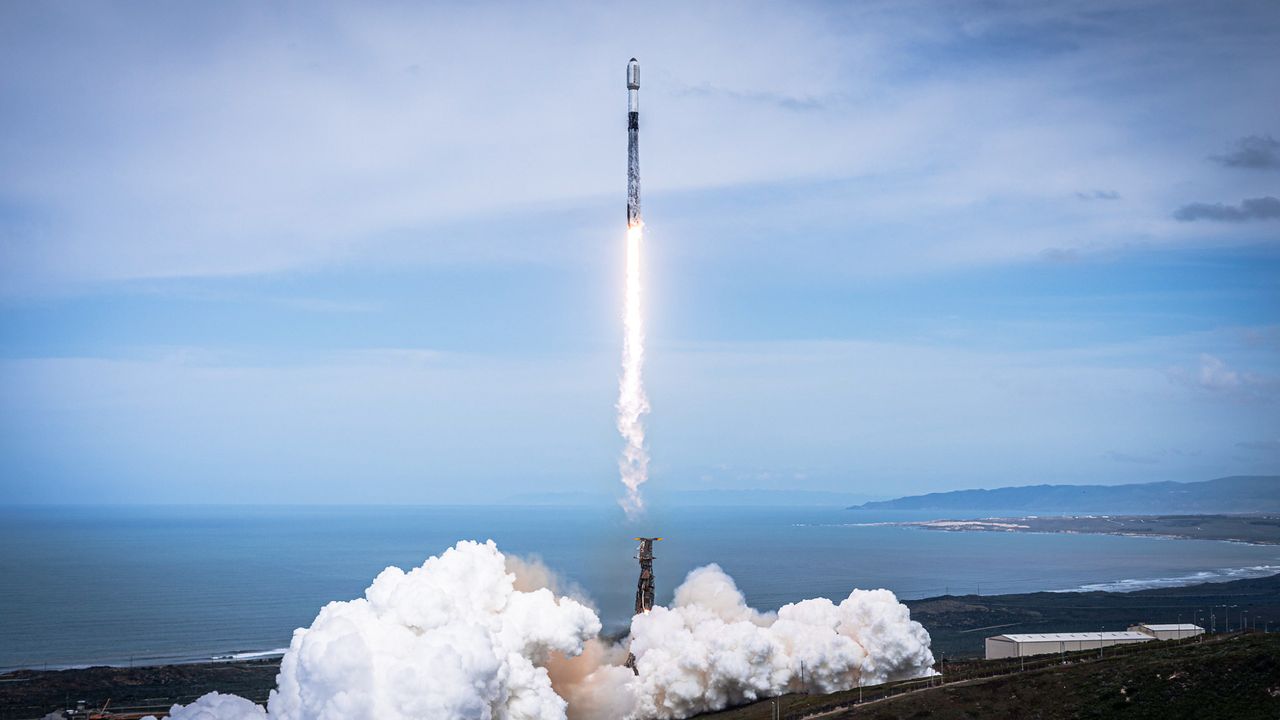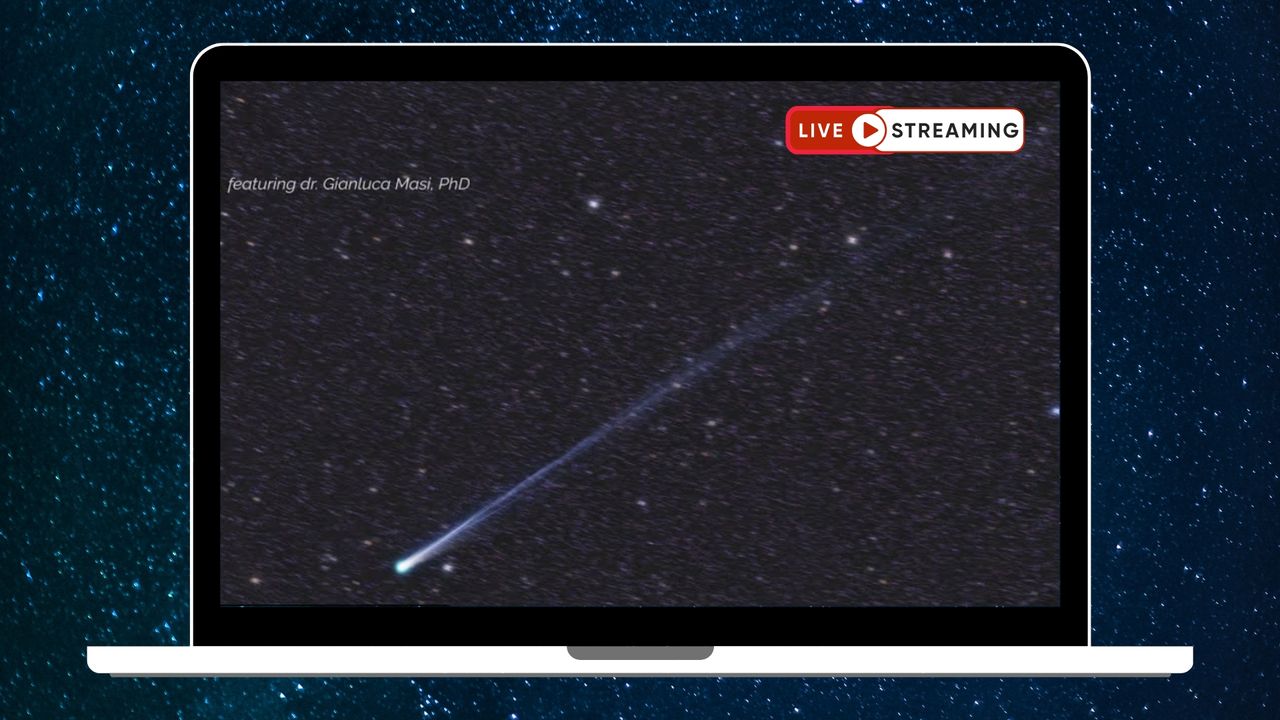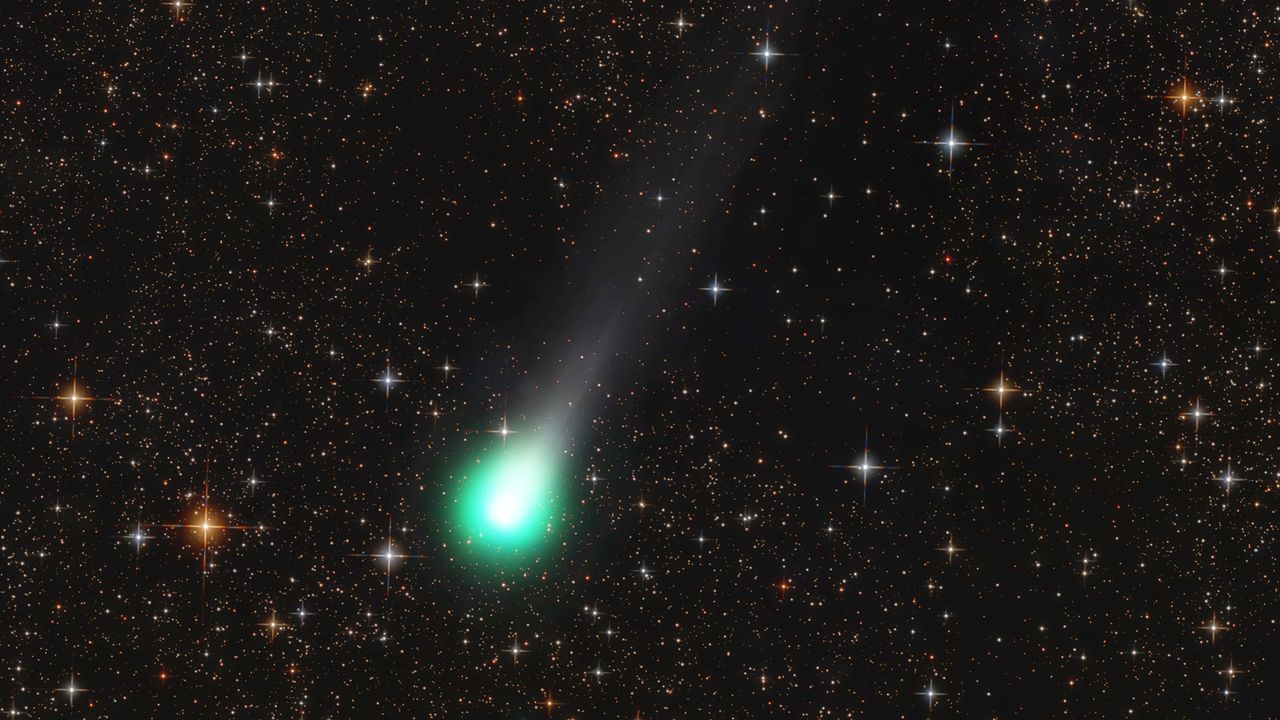Watch SpaceX launch its 10,000th Starlink satellite to orbit today on rocket's record-breaking 31st flight
PositiveScience

Today, SpaceX is set to launch its 10,000th Starlink satellite, marking a significant milestone in its ambitious satellite internet project. This launch is particularly exciting as it coincides with the record-breaking 31st flight of the Falcon 9 rocket. Watching this event live not only showcases SpaceX's technological advancements but also highlights the growing importance of satellite internet in connecting people worldwide.
— Curated by the World Pulse Now AI Editorial System










